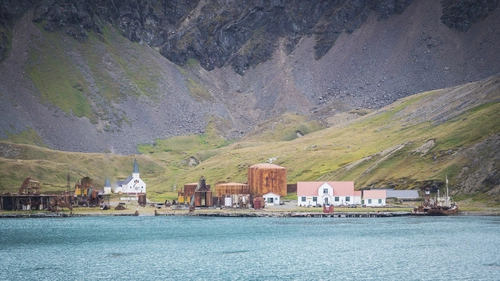Name: Crabeater Seal (Lobodon carcinophaga)
Length: 2.6 meters
Weight: 200 to 300 kg
Location: Antarctic coastline
Conservation status: Least Concern
Diet: Krill, cephalopods, fish
Appearance: Light grey or white
How do Crabeater Seals feed?
Crabeater Seals have unique sieve-like teeth that filter krill from the water, similar to baleen whales. They suck in water with krill, close their jaws, and expel the water, trapping the krill. Krill make up 95% of their diet. They usually feed at night and can dive up to 430 meters, though most feeding dives are around 30 meters. Feeding sessions can last up to 16 hours, involving hundreds of dives.
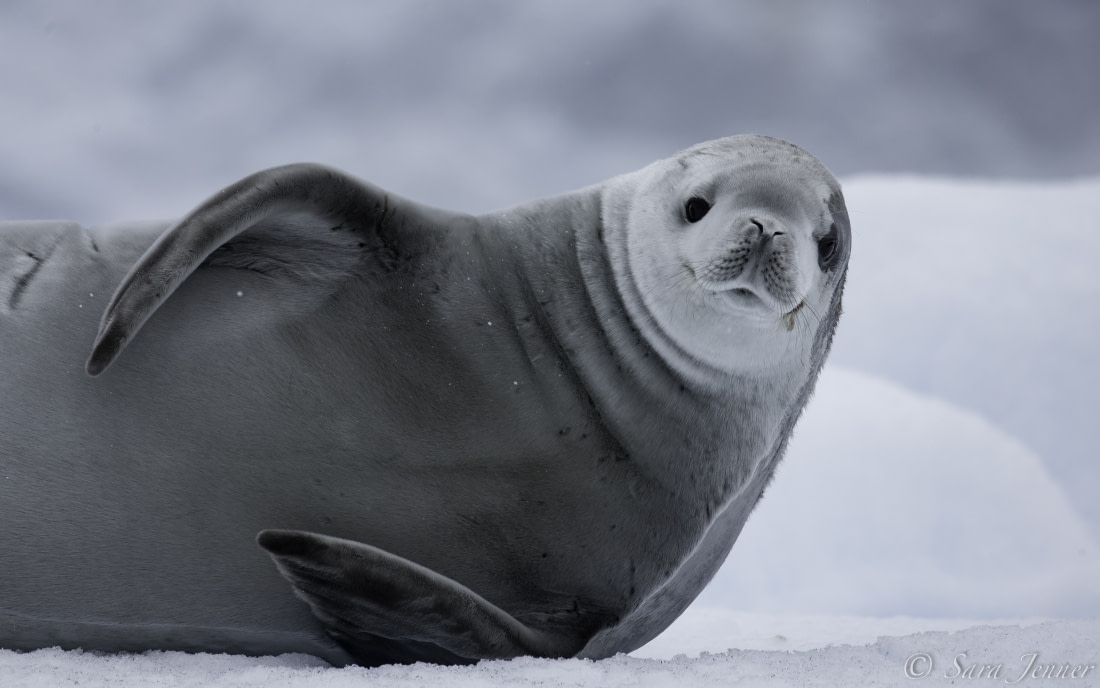
Are Crabeater Seals social?
Young Crabeater Seals are very social, forming groups of up to 1,000. As they age, they tend to hunt alone or in small groups of 3 or 4.
How fast can Crabeater Seals move?
On land, Crabeater Seals move in a snake-like manner, reaching speeds of 25 km per hour in short bursts. In the water, they can swim up to 13 km per hour.
What are Crabeater Seal mating rituals like?
Crabeater Seals reach sexual maturity at 3 years. They give birth from September to December after an 11-month pregnancy. Females give birth alone on the ice, attended by a non-father male until the pup is weaned. Newborns are about 120 cm long and weigh 25 kg. They nurse for 2 to 3 weeks, gaining 4 kg daily. By weaning, they weigh nearly 100 kg, while the mother may lose half her body weight. Pups are born with light brown down, which they shed for darker fur that fades with age.
How long do Crabeater Seals live?
Crabeater Seals can live up to 40 years in the wild.
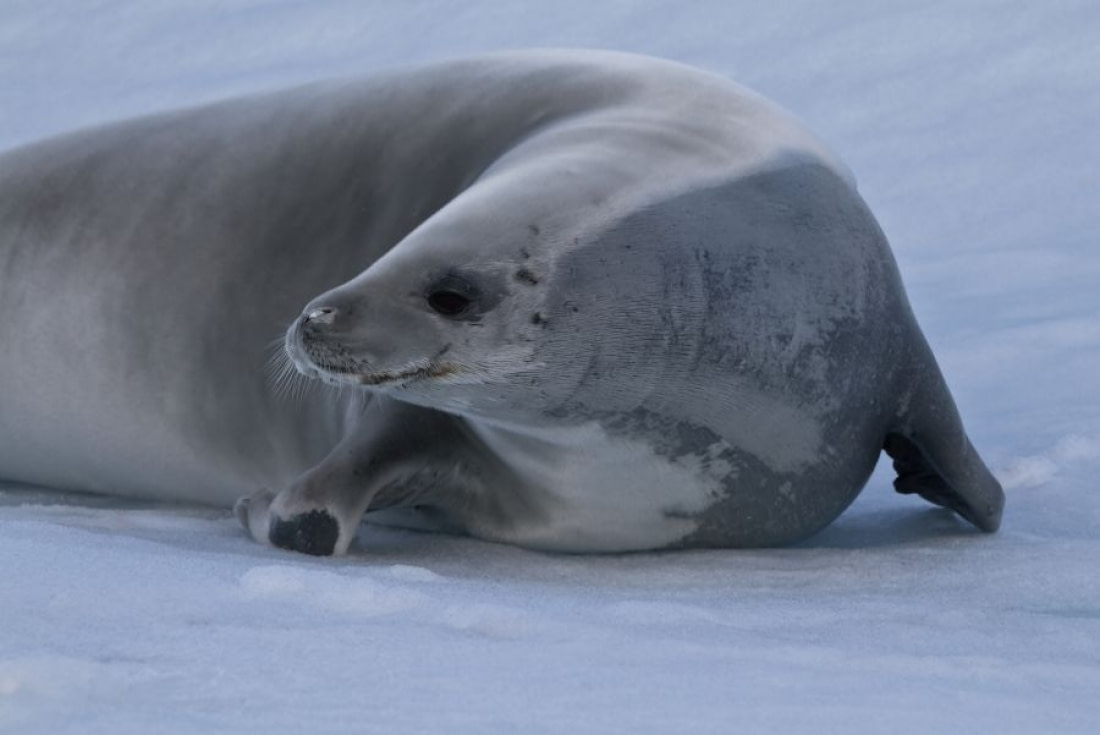
How many Crabeater Seals are there today?
Estimates of the Crabeater Seal population vary from 7 million to 75 million.
Do Crabeater Seals have any natural predators?
Crabeater seal pups are preyed upon by Leopard Seals. Both young and adults are hunted by Killer Whales.
7 Captivating Crabeater Seal Facts
- Crabeater Seals are the most abundant seal on Earth, with populations possibly as high as 75 million.
- The scientific names "Lobodon" and "carcinophaga" mean "lobe-toothed" and "crab eater," respectively, though they don't eat crabs.
- Crabeater Seals have been found over 100 km inland from the shore.
- Many have scars from encounters with Leopard Seals.
- They sometimes use breathing holes made by Weddell Seals and may chase younger Weddell seals away.
- When threatened, they snort, hiss, show their teeth, and roll over multiple times, likely to evade predators.
- Their sieve-like teeth are the most specialized of any carnivore.






Related Trips


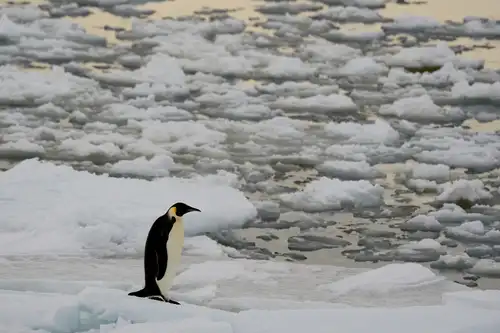
The Ways and Wildlife of the Weddell Sea
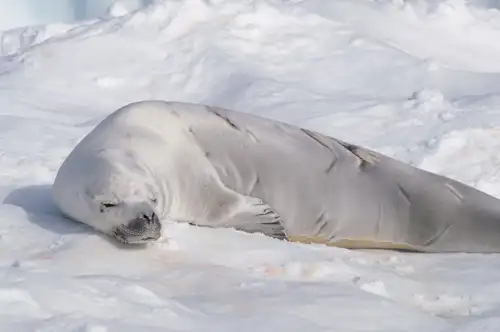
Six Facts About the Crabeater Seals of Antarctica
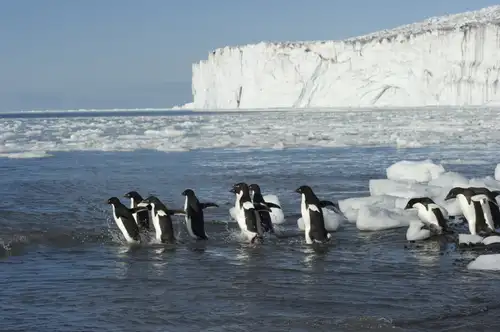
The bio-richness of the Ross Sea
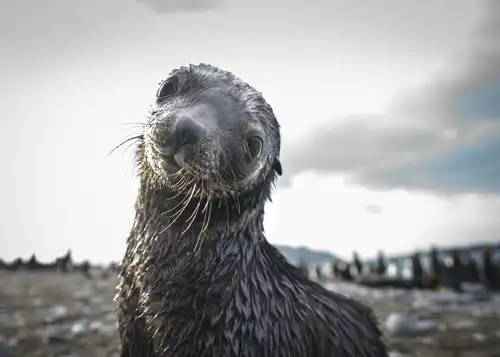
The secrets of Antarctic seals revealed
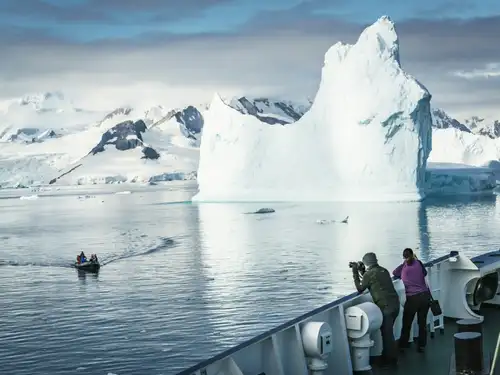
The Classic Polar Cruise: Antarctic Peninsula Facts, Pics, and More

Day and night in Antarctica




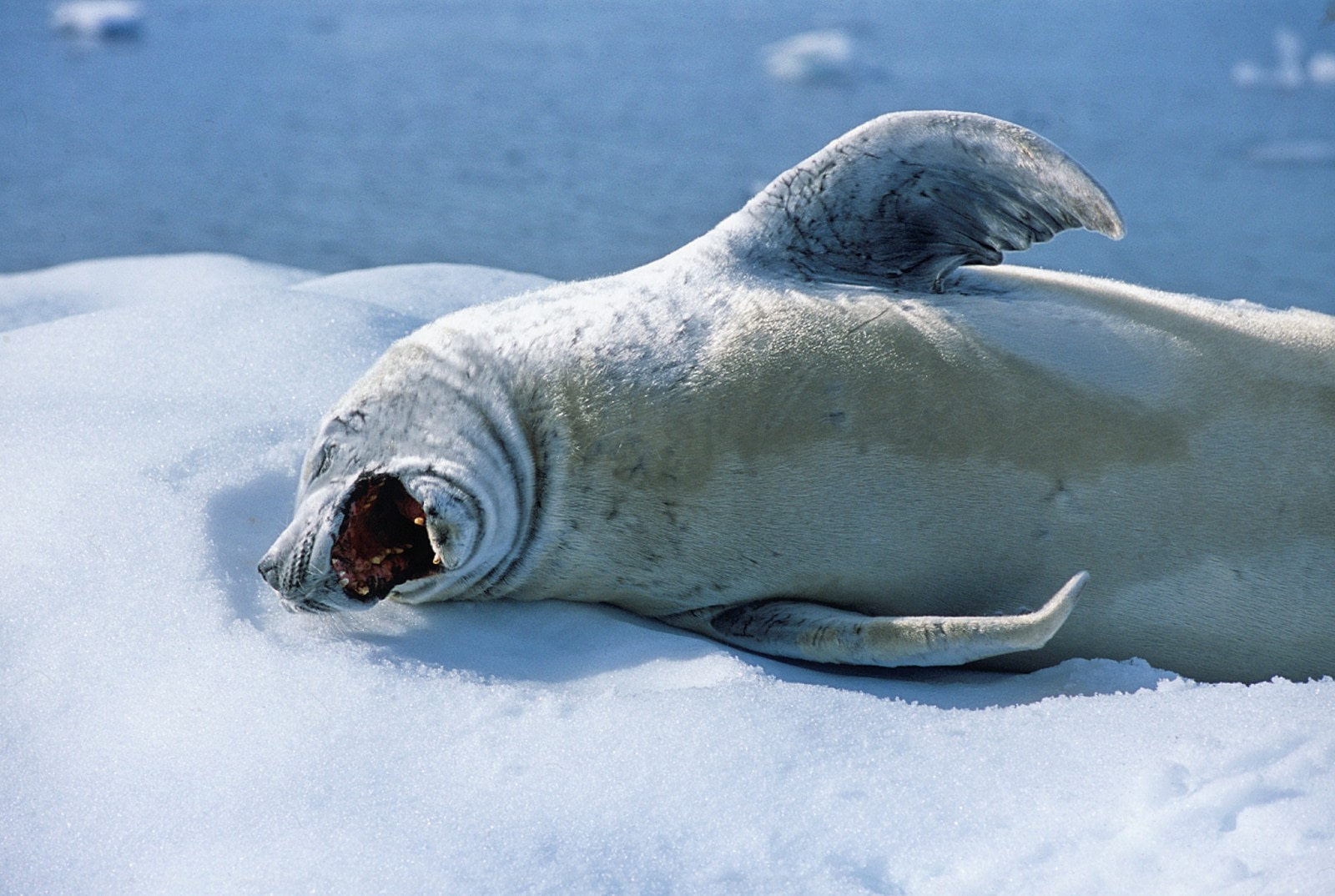

 23 Days / 22 Nights
23 Days / 22 Nights
